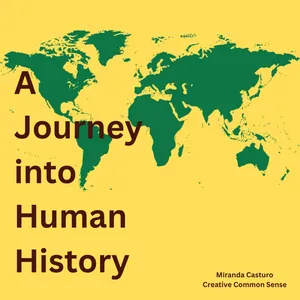Egyptâs New Kingdom Part 2: The Many Strange Faces of Akhenaten and Egyptâs Foreign Policy

The first kings of the Egyptian New Kingdom drove out the Hyksos and extended their own influence into Nubia. Pharaohs like Thutmose III led their armies into Canaan and Syria to halt rivals like the Hittite kingdom and Mitanni. The New Kingdom also saw the rise of the cult of Amun-Re in Thebes and Akhenatenâs revolutionary transformations. Akhenaten and Ramesses II built new cities as testaments to their greatness, and many others like Hatshepsut commissioned elaborate tombs, temples, and monuments. These powerful pharaohs extended their influence into Nubia, Canaan, and Syria through a number of military campaigns that also allowed Egypt to control vital trade routes to Mesopotamia. After centuries of greatness, however, the New Kingdomâs power declined, hastened by invasions, the loss of territory, and deteriorating foreign influence, until finally the kingdom fell.
All images referenced in this podcast can be found at https://openstax.org/books/world-history-volume-1/pages/4-2-egypts-new-kingdom Welcome to A Journey into Human History.
This podcast will attempt to tell the whole human story.
The content contained in this podcast was produced by OpenStax and is licensed under a Creative Commons Attribution License.
Access for free at https://openstax.org/books/world-history-volume-1/pages/1-introduction
Podcast produced by Miranda Casturo as a creative common sense production.








